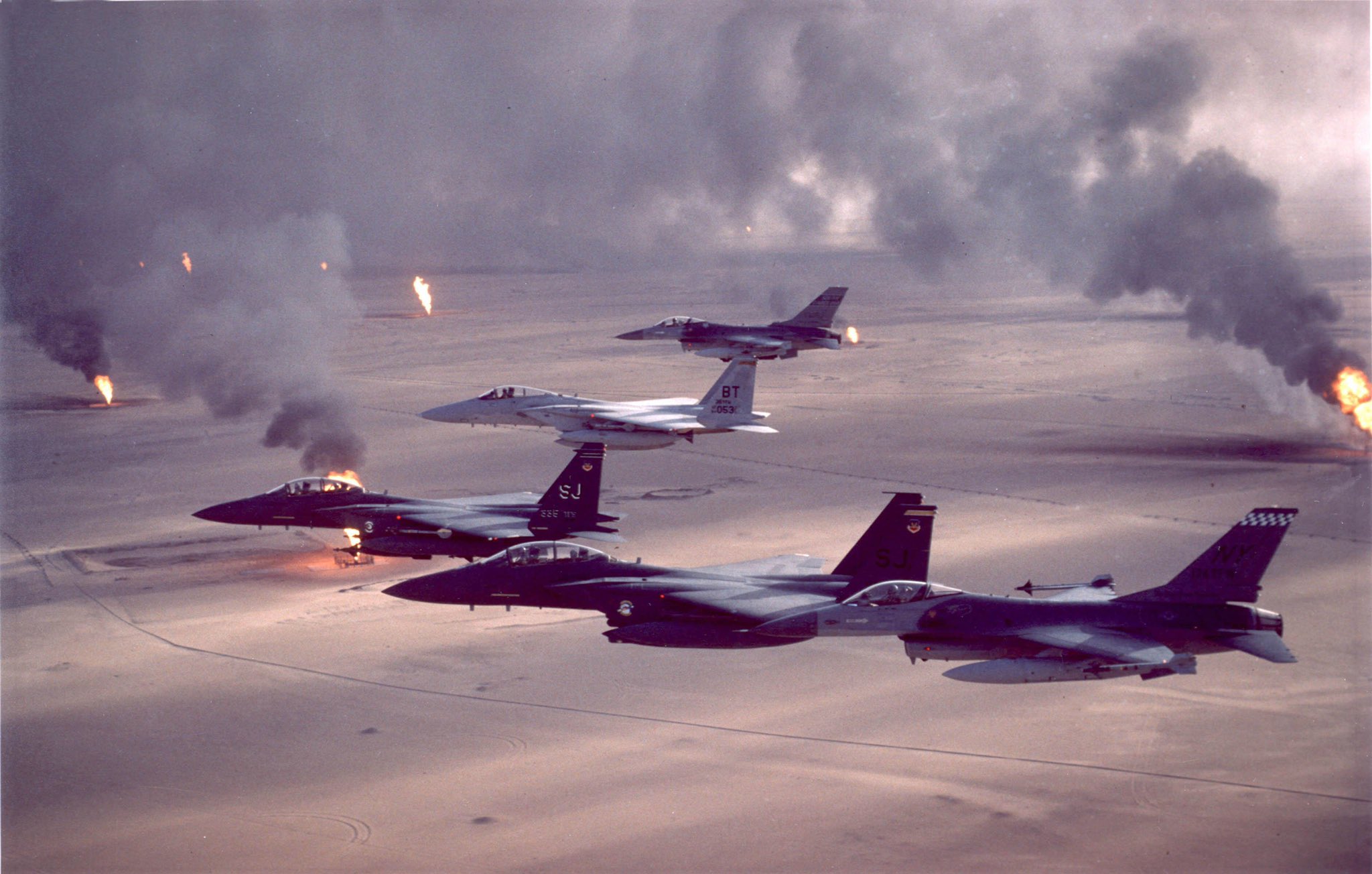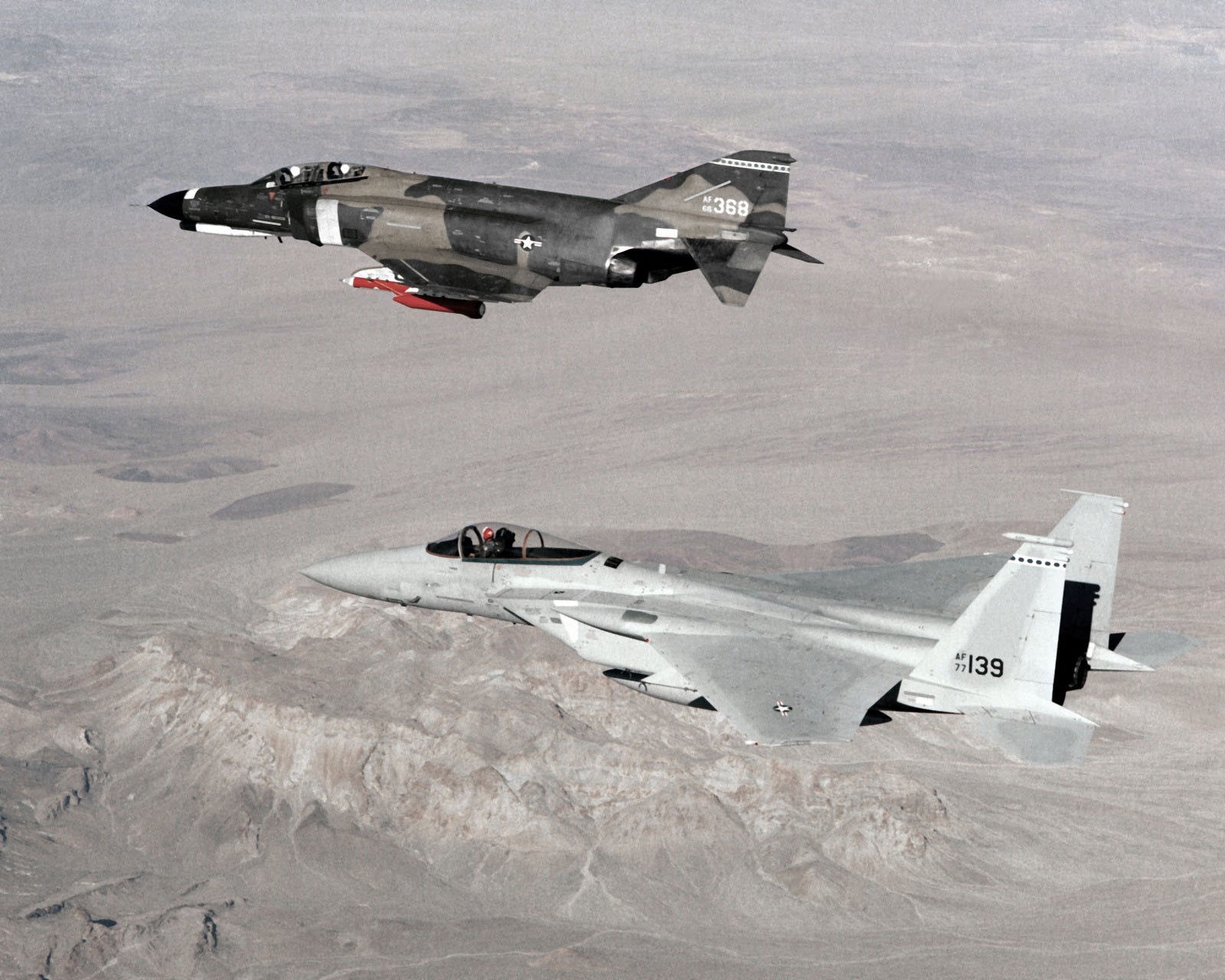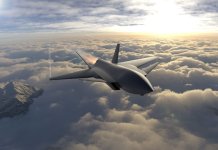In the early stages of Operation Desert Storm, one US F-16 fighter pilot defied all odds by avoiding six successive surface-to-air missiles without the aid of flares or chaff. It was one of the most iconic moments of that entire war.
On January 16, 1991, then-President George HW Bush declared the start of Operation Desert Storm, a military operation to drive Iraqi occupiers from Kuwait, which Iraq had annexed months earlier.
Airpower was the primary force in formulating and executing a war for the first time in history. The United States and its allies identified Airpower as the most crucial element in completing the operation in a manageable time frame with minimum losses.
It is undeniable that the massive US-led force outmatched the Iraqi military in every way, but Iraq did have significant and effective defenses. Baghdad, the capital of Iraq, was said to be one of the most fiercely guarded cities at the time.
Before the war started, coalition aircraft operated in massive formations close to the Iraqi border. It was done to ensure that massing aircraft formations wouldn’t give the Iraqi military any heads up when the campaign started.
The US-led forces against Iraq deployed around 2,430 aircraft during Desert Storm, including 1,300 aircraft sent by the United States. These aircraft included Navy and Marine Corps planes operating from aircraft carriers in the Red Sea and the Mediterranean Sea.

On the other hand, Iraq fielded about 700 combat-ready fixed-wing aircraft. The American general Norman Schwarzkopf started the Gulf War in the air with five weeks of non-stop airstrikes and combat patrols supported by naval bombardments.
These missions were designed to dismantle Iraq’s sizable array of air defense assets, cripple the Iraqi Navy’s capacity to move troops by sea, and clear the way for the ground forces and heavy armor that would soon arrive.
The US and its allies conducted more than 116,000 combat air sorties and dropped 88,500 tons of bombs. The ground campaign was over 100 hours, owing to the airstrike’s overwhelming success.
For the first time, stealth planes were used extensively in the war. The use of precision-guided weapons was also prevalent. Given that Iraq had more than 16,000 surface-to-air missiles (SAMs), the United States fleet of stealth F-117 Nighthawk aircraft was reserved only for specific missions.
It was primarily the responsibility of American F-4s to locate and destroy SAM sites. The AGM-88 High-Speed Anti-Radiation Missile (HARM) which uses a specialized targeting system that follows radar signals, was one of the main tools used to destroy Iraqi SAM missile sites.
Largest Strike Of F-16s In Military History
The Iraqi capital was guarded by a Soviet-style air defense system integrating anti-aircraft artillery and optical and radar-guided surface-to-air missiles. Only the stealthy F-117 Nighthawk of the coalition conducted a strike in the early stages of the conflicts.
That was intended to change with the launch of the Package Q strike. Initiated on the third day of the conflict, its primary targets were in and around Baghdad’s center.
The strike force’s main body would consist of a massive fleet of 72 F-16 Fighting Falcons, each carrying two 2,000-pound Mk 84 bombs.

This strike force destroyed government buildings and the Tuwaitha nuclear reactor, located just south of the city.
Eight F-15s provided air support, while eight F-4G Wild Weasels and two EF-111s were used to jam and attack enemy radars. Nevertheless, this was the largest F-16 strike mission in history.
However, the operational difficulties with the plan were clear right away. Due to the mission’s complexity, planes from four different bases would have to take off at four different times before they could meet up and refuel south of the Iraqi border, over Saudi Arabia.
The situation was made worse because some command elements were handed their orders late, giving them little time to prepare and almost no time for the pilots to rest up after the numerous combat sorties they had been flying for the first two days of the war.
Obstacles Encountered
The fleet of F-16s was instructed to start attacking targets outside the city before moving inside. The Wild Weasels’ part of the mission was unfortunately compromised by bad weather impeding refueling efforts and a certain amount of confusion.
It forced them to abandon a significant portion of their mission objectives unfulfilled and leave without accompanying the F-16s into the inner part of the city. The amount of anti-aircraft fire coming up from the ground was so thick that some pilots equated it to see a cloudy day.

On the other hand, the EF-111s discovered that there were too many anti-aircraft systems to jam all of them successfully. It leaves sizable portions of the strike force vulnerable to the large arsenal of Iraqi missiles.
With no enemy aircraft to engage and the sky filled with enemy missiles, the F-15Cs assigned to escort the F-16s soon found themselves limited to nothing more than new targets for the Iraqis to fire at.
A Single F-16 Dodges Six Missiles In A Row
On January 19, 1991, Air Force Maj. Emmett Tullia narrowly avoided death dozens of times when he piloted his F-16 through a barrage of Iraqi surface-to-air missiles during a mission.
Tullia’s aerial feats that day, seen on a video shared on social media a few years ago, earned him the Distinguished Flying Cross later.
He avoided six surface-to-air missiles even as his flares and chaff, which were supposed to befuddle enemy missiles, failed to deploy.
In a conversation with Task & Purpose, Tullia said, “They knew we were coming, and as we were getting closer to the target area, the triple-A [anti-aircraft artillery] started coming up, the 35 mm stuff.”
“You could see an undercast of clouds from the triple-A going off,” he added. Tullia was alerted by a cockpit warning that a radar-guided surface-to-air missile had targeted him. Tullia was one of the few F-16 pilots to forge ahead in the face of fierce Iraqi defenses and locate his target before dropping both 2,000-pound bombs over an oil refinery.
The number of missiles fired by the Iraqis made it difficult for Tullia to distinguish between those aimed at other American aircraft and those directed at him. Tullia made a series of sharp turns to avoid the enemy missiles for seven nauseating minutes.

According to the Task & Purpose, “He doesn’t remember how many G forces he was pulling at the time, but his blood pressure was so high that he was not in danger of passing out.” Tullia released his external fuel tanks to outfly the surface-to-air missiles. He said he recalls thinking, “That is pretty damn cool,” as the first missiles missed him.
However, his Radar Warning Receiver kept going off, signaling that more missiles were preparing to fire at him. Tullia continued to dodge, dip, duck, dive, and dodge while worrying about using his remaining fuel.
Tullia had to dive to gain escape speed because he had so little speed and altitude left after avoiding the earlier missiles, flying directly into the cloud of anti-aircraft fire below. Eventually, Tullia was able to evade the sixth missile.
Tullia was still in the air when he finished his terrifying series of turns. However, Capt. Mike Roberts, Maj. Jeffrey Tice and two other F-16 pilots who struck Baghdad that day were hit by the Iraqi missiles and forced to eject. They were later detained as prisoners of war by the Iraqis and subjected to torture before being freed in March 1991.
Tullia’s task was not yet fully completed: He saw two other aircraft that he thought were F-16s as he got ready to head home. But when he tried to communicate with them over the radio, he didn’t receive any response from their side.
“It turns out later, when we got back, it was two MiG 29s that were launched to try and catch us on the way out,” Tullia recalled. “I thought: Dammit! I could have been a hero.” At last, he successfully landed back at the Air Base.
- Contact the author at ashishmichel@gmail.com
- Follow EurAsian Times on Google News




